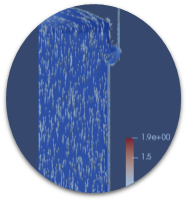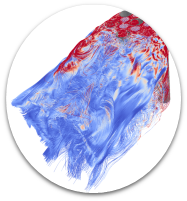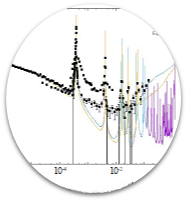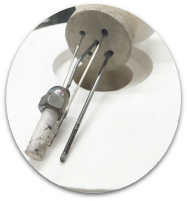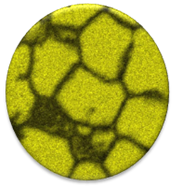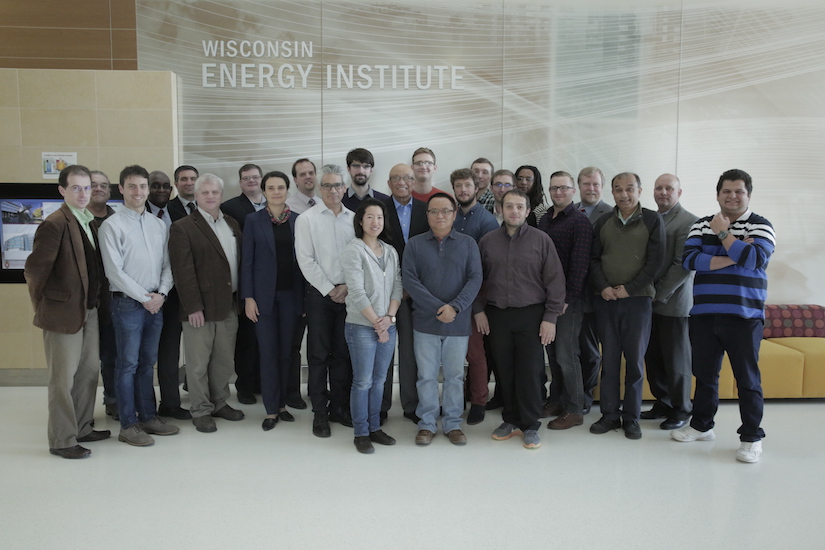
NuSTEM is Funded by the US DOE’s Nuclear Energy University Program as an Integrated Research Program (Oct. 2017 – Sept. 2020). Principal investigators include researchers from Texas A&M University, the University of California Berkeley, and the University of Wisconsin-Madison.
Background:
The field of nuclear technology needs new, engaged specialists who can use their creativity to innovate and expand the boundaries of current knowledge. To this end, NuSTEM has engaged with the OECD Nuclear Energy Agency (NEA) and its Nuclear Education, Skills, and Technology (NEST) framework to address the important global issues of nuclear skills capability building, knowledge transfer, and technical innovation within an international context.
Molten Salt Reactors were chosen as the focus of NuSTEM because of the interest in the technology within the US Department of Energy, in the private sector, and internationally.
The NuSTEM project will (1) contribute to the development of enabling technologies for molten salt reactor concepts and (2) educate young professionals in molten salt reactor technologies.
The technical scope includes five thrusts: material and corrosion science, chemical technologies, modeling and simulation, thermal-hydraulics, and cross section measurement.
The educational thrust will include collaborations with SAMOFAR, a EURATOM-funded consortium of 11 universities and research centers. This educational mission will draw upon molten salt reactor research performed in both projects, incorporate results into courses and curriculum, and engage with students and young professionals to develop the next-generation of experts in molten salt reactor technologies.
Mission:
- To advance science and engineering to stakeholders in order to further develop technologies needed for the advancement of molten salt reactors
- To develop the next generation of nuclear energy/molten salt reactor experts and inform and attract young people into science, technology engineering and mathematics for MSRs

